
Juliet’s rhetorical question to Romeo in the balcony scene from Shakespeare’s play is one of the Bard’s most quoted and abused lines of poetry. She may be a Capulet and he a Montague, but she loves him nonetheless.
A sage contributor invoked this line in a recent discussion around news that the proposal to rename two birds found in South Africa – the Hottentot Teal and the Hottentot Buttonquail – had been approved by the naming committee of BirdLife South Africa and the International Ornithological Congress (IOC). The new names appear in IOC version 11.1, which was published in January 2021. And while it is true that what we now call a Bluebilled Teal would be as beautiful by any other name, it is also true that there is, in fact, a lot in a name.
For some birders, the change of names represents nothing more than political correctness run wild, a vain project of ‘verbal cleansing’ by leftist intellectuals, to quote conservative writer Thomas Sowell.
The simple truth, however, is that the word ‘Hottentot’ is offensive and always was. Intentionally so. It was a term coined by Dutch settlers that mimicked the rhythms and sounds of indigenous language families such as Khoe, Kx’a and Tuu. The settlers’ inability to understand the languages meant they were, to European ears, not languages at all but rather the mere ‘clucking of turkeys’. And so ‘Hottentot’ became a term of indiscriminate dismissal of a number of distinct indigenous cultures. In a widely circulated mail on the topic, Professor Adrian Koopman has provided a dense overview of the origins of the word ‘Hottentot’ and its use in bird guides of the 20th century in particular.
This story is from the March/April 2021 edition of African Birdlife.
Start your 7-day Magzter GOLD free trial to access thousands of curated premium stories, and 8,500+ magazines and newspapers.
Already a subscriber ? Sign In
This story is from the March/April 2021 edition of African Birdlife.
Start your 7-day Magzter GOLD free trial to access thousands of curated premium stories, and 8,500+ magazines and newspapers.
Already a subscriber? Sign In
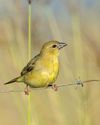
agrochemicals and birds
By the year 2050, it is estimated that 171 million more hectares of agricultural land will be needed to feed a global population of 10 billion people.
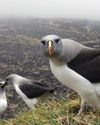
arrivals and departures
The Mouse-Free Marion Project is committed to ensuring that breeding seabirds can return to a predator-free Marion Island.
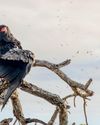
FULL skies
High summer brings high entertainment to Botswana's Mababe Community Concession and Kazuma Pan.
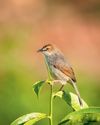
specials IN THE MIST
With a distinct habitat and climate, Zimbabwe's Eastern Highlands are a must-visit destination for any birder wanting to see a bevy of special birds.
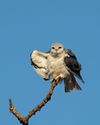
MIDRAND marvel
Gauteng birders don't need to travel far to get their feathery fix. Midway between Johannesburg and Pretoria, Glen Austin Pan has become a favourite patch for this returnee expat.
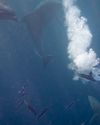
IN TOO DEEP...again
The annual sardine run along South Africa's east coast is a thrill and a challenge for underwater photographers, especially if you throw birds and inclement weather into the mix.
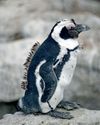
a journey through the mysteries of moult
As a bird researcher in South Africa’s botanically diverse fynbos biome, I have come to regard bird ringing as part of my journey to understanding moult.
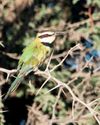
Southern SIGHTINGS
The midsummer period lived up to its reputation as the busiest time for rarities in southern Africa and produced a host of really good records, including several that got twitchers racing all over the subregion to try and add these mega ticks to their lists. As always, none of the records included here have been adjudicated by any of the subregion's Rarities Committees.
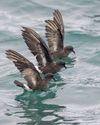
storm petrels in Kalk Bay
According to Roberts 7, both Wilson’s and European storm petrels occasionally seek the shelter of breakwaters during periods of strong onshore winds, but this is seldom observed off South Africa.

power-napping penguins
Periodic reduction in neural activity (sleep) is found in all animals with brains and seems to be essential to restore effective brain function. There is plenty of evidence of the adverse effects of not getting enough sleep, and recent research in humans has identified getting sufficient sleep as one of the four core pillars of living a long and healthy life.